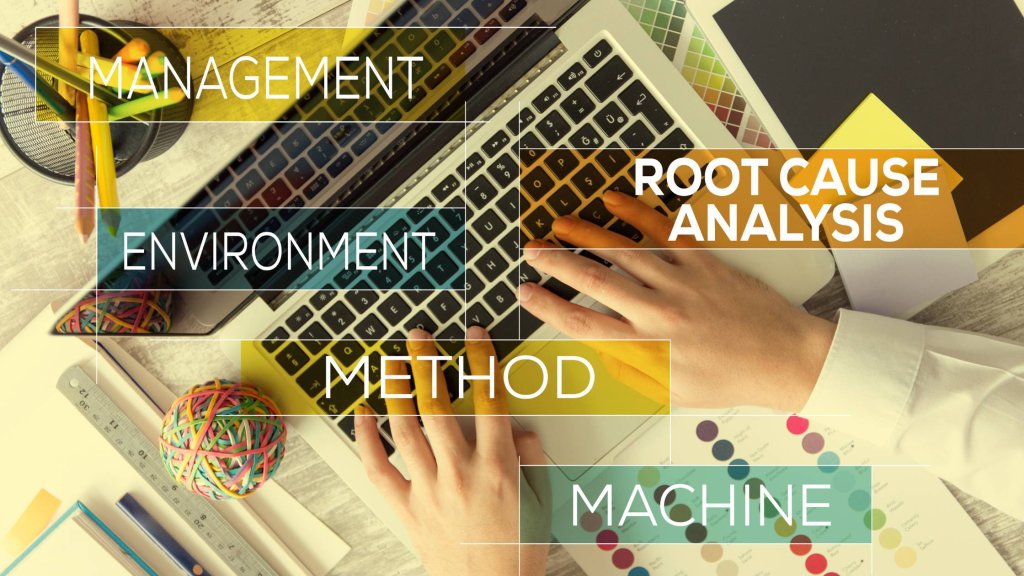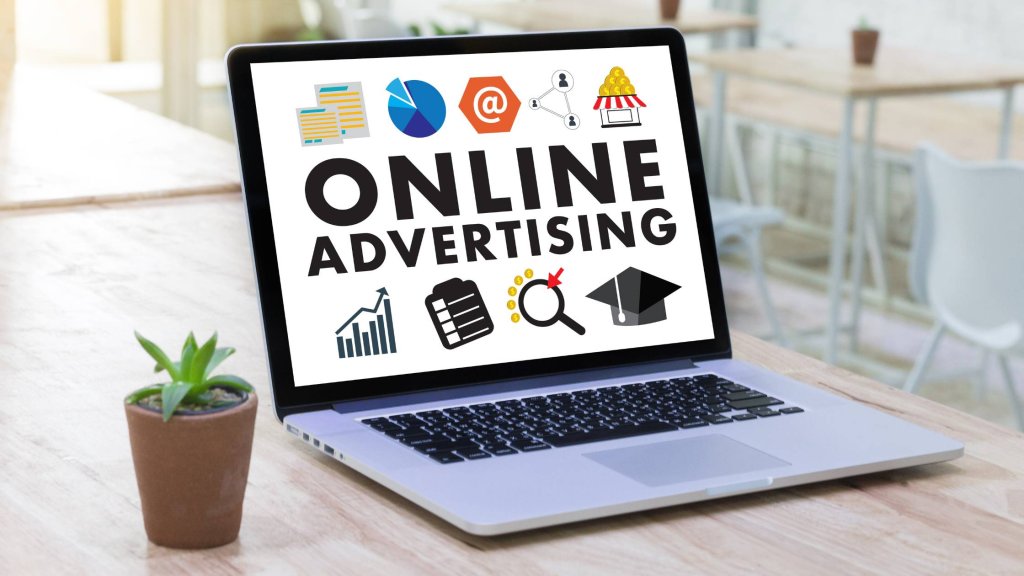Payroll is more than compensation – it’s the heartbeat of any company. You might think we exaggerate, but truthfully, we’re not, and research is on our side. According to recent reports, payroll errors can erode the trust of your employees, leading to job dissatisfaction, lower morale, and ultimately decreased productivity.
If they become frequent, they can also lead to losing your very best talent and your good reputation. Needless to say, these are some costly mistakes that no smart business can afford to make.
Unfortunately, navigating the employee payroll maze can be tricky even for seasoned business owners. From miscalculations to compliance issues to forgetting overtime calculations, payroll mistakes are all too common.
Thankfully, with some planning and the right tools, all of these payroll errors can easily be avoided. In this blog post, we explore some of these common mistakes and provide practical solutions to help you steer clear of them.
Misclassification of Employees

One of the most common errors in payroll, but fortunately one of the easiest to avoid, is misclassifying employees. What is meant by this?
As an example, let’s say your team is a diverse mix of full-time employees, part-timers, and independent contractors, so you find it hard to classify everyone accordingly. Accidentally, you label your full-time employee as an independent contractor, making them an exempt employee.
The consequence is that the said employee is no longer protected by the Fair Labor Standards Act (FLSA), which provides benefits and protections like overtime pay. This now also means the said worker has to pay their own Social Security and Medicare taxes. No employee would be happy about that!
To avoid such mistakes, which, by the way, can also lead to legal troubles, take time to understand the criteria that differentiate employees from contractors in your jurisdiction. If you’re uncertain, it’s best to consult legal counsel or use some reliable payroll software that can help make the determination based on the specific nature of the work relationship.
Inaccurate Timekeeping for Payroll Errors
Accurate timekeeping is absolutely essential for effective employee payroll processing. Unfortunately, errors in tracking hours worked, breaks, or overtime are easy to make and are, therefore, one of the most prevalent mistakes in payroll. These are particularly important to avoid because they can lead to discrepancies in paychecks, and no one likes getting paid less than they deserve.
Think about this: under federal law, you should pay an overtime wage rate of at least 1.5 times an employee’s regular rate (although some employers looking to incentivize their workers offer double-time pay). This means that if your employee normally earns $20 per hour, they should be paid a minimum of $30 per hour for their overtime work.
If they’ve worked 10 hours overtime this month, they should earn $300 on top of their regular wage. No one in their right mind would continue working for you if you forgot to pay them their $300 month after month!
To prevent this mistake, implement a reliable time and attendance system and educate your employees on the importance of accurate time reporting. Another thing to consider, if you’re not already using it, is an automated time tracker. These tools significantly reduce the margin for error, ensuring that timekeeping is a streamlined and error-free process.
Relying Solely on Manual Processes
While we’re on the subject of tools and apps, it’s worth mentioning that relying solely on manual payroll processes is a recipe for errors. Spreadsheet miscalculations, data entry mistakes, and the potential for lost paperwork can all lead to payroll disasters and even legal problems for your business. In this day and age, it’s unwise, if not downright foolish, to rely on paper processes and manual data entry alone.
To have a well-organized and error-free payroll process, invest in good software that automates the majority of your complex tasks. The best payroll software will automate calculations, handle federal, state, and local tax filings, and generally simplify all your operations so you can focus on growing your business and not on avoiding costly payroll mistakes.
Here’s another benefit of using a robust payroll software system: your employees will be happier and more productive. That’s what getting paid accurately and on time does to employees!
Overlooking Tax Compliance
Tax regulations can be complex and subject to frequent changes so it’s essential to inform yourself about the said laws and regulations that apply to your state. Ignoring or misunderstanding these regulations can result in costly errors. Missing deadlines, miscalculating tax withholdings, or failing to report accurately can lead to penalties and audits.
To avoid any tax problems, do your best to stay informed about tax laws applicable to your business and regularly update your system to accommodate any changes.
It’s also a good idea to engage a tax professional so they can conduct periodic reviews, as this is the surest way to ensure your payroll processes align with the latest tax regulations.
Not Accounting for Leave Policies

We’ve already mentioned how important it is to fairly compensate your employees for their overtime work, but it’s equally important to account for leave policies. From failing to accurately accrue vacation time to overlooking sick leave and other types of paid or unpaid time off, these mistakes are common and easy to make, but it’s important to do your best to prevent them as they can lead to various problems for your business.
For example, improperly paying your workers who are on leave can lead to under-compensation or, conversely, overcompensation, creating financial strain on your company. To avoid these issues, it’s essential to clearly communicate your company’s leave policies to your workforce, including vacation, sick leave, and any other relevant categories.
Additionally, consider integrating your leave policies into your payroll software. Modern payroll systems often come equipped with features that automate the tracking and calculation of leave balances.
Final Thoughts on Payroll Errors
Payroll management is a vital part of any business. But navigating its complexities requires a combination of precision, diligence, and a commitment to staying informed about evolving regulations.
By informing yourself on the most common payroll mistakes and implementing proactive solutions such as payroll management software, time tracking tools, etc., you can simplify your payroll processes, mitigate risks, and foster a positive work environment where employees can trust that their compensation is accurate and fair.
Remember, a well-managed payroll system is not just a legal necessity; it’s a crucial aspect of maintaining an engaged workforce and running a successful business.






































